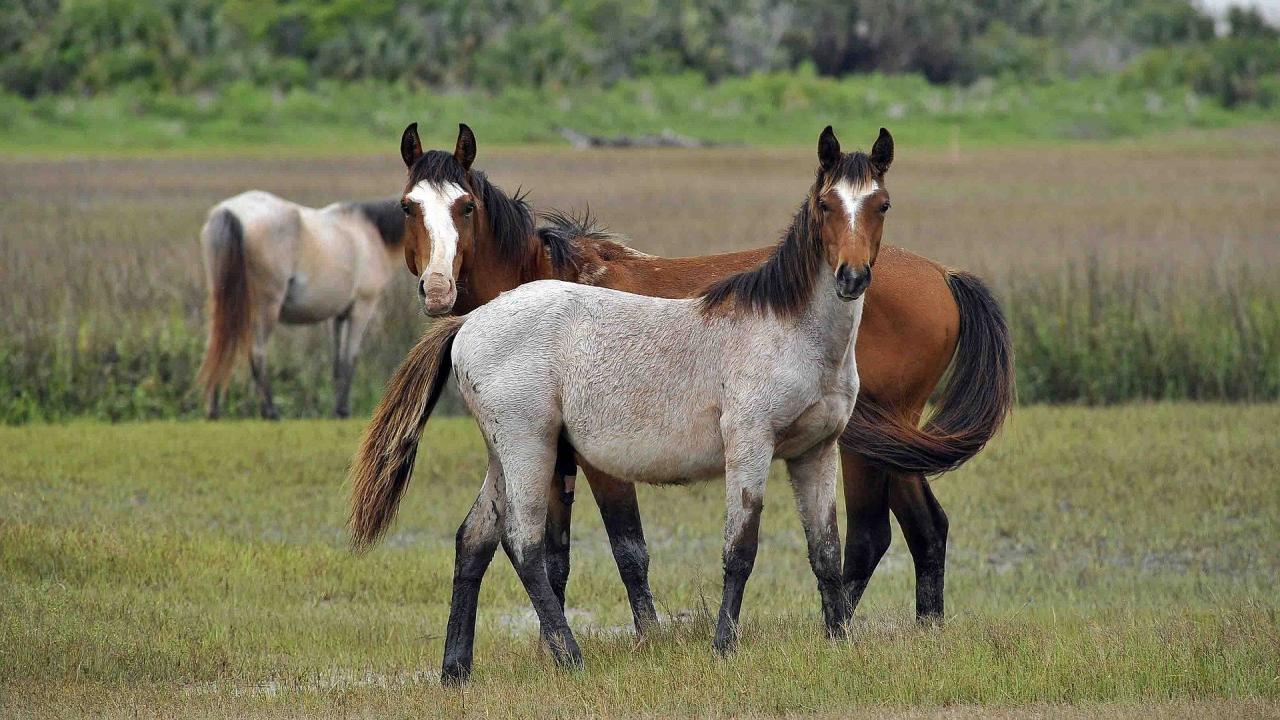
Equine Rhinitis Viruses
Takeaways
- Equine rhinitis viruses A and B (ERAV and ERBV) are highly prevalent in the horse population worldwide.
- They can cause clinical disease that is indistinguishable from other respiratory pathogens such as equine influenza.
- Most horses recovery fully, but some may be more susceptible to secondary infections.
- A vaccine is available in the United States for ERAV.
- Good biosecurity protocols and hygiene practices are important preventative measures.
What are equine rhinitis viruses?
Equine rhinitis viruses A and B (ERAV and ERBV, respectively) are highly prevalent in the horse population worldwide and can cause clinical disease that is indistinguishable from other respiratory pathogens such as equine influenza virus and equine herpesviruses. It is important to note that disease caused by ERAV and ERBV are not the same as rhinopneumonitis (a.k.a. “rhino”), which is caused by equine herpesvirus (EHV-1 and EHV-4) infection.
Similar to other respiratory viruses, equine rhinitis viruses appear to be transmitted through direct contact with infected horses or through aerosolized droplets when horses sneeze, cough, or snort. Contaminated objects such as tack, grooming supplies, buckets, water troughs, etc., may also transmit equine rhinitis viruses.
Although the viruses are not well studied, they are known to cause mild to severe respiratory disease affecting both the upper and lower airways. They may also contribute to, or exacerbate, inflammatory airway disease and recurrent airway obstruction (heaves).
What are the clinical signs of equine rhinitis viruses?
Clinical signs of ERAV and ERBV are non-specific and may include nasal discharge, ocular discharge, fever, enlargement of the lymph nodes below the lower jaw, dry cough, and abnormal lung sounds. These signs typically persist for 4 to 5 days.
How are equine rhinitis viruses diagnosed?
Equine rhinitis virus isolation from nasal swabs, nasopharyngeal swabs, blood, feces, or urine can be used for diagnosis. Polymerase chain reaction (PCR) may also be used to identify the virus, but will not differentiate between dead virus and active infection.
How are equine rhinitis viruses treated?
Treatment is based on clinical signs and largely involves supportive care. Anti-inflammatories may be used to decrease fever. Horses should be rested and exercise limited.
What is the prognosis for equine rhinitis viruses?
Most horses recover fully. Since the viruses cause damage to the respiratory tract, affected horses, especially those that do not receive adequate rest during their recovery, may be more susceptible to secondary infections.
How can equine rhinitis viruses be prevented?
A vaccine is available in the United States for ERAV. Good biosecurity protocols and hygiene practices, including quarantining of new horses, disinfecting shared equipment, and ensuring proper hand washing, are important preventative measures.
*This article may not be reproduced without the written consent of the UC Davis Center for Equine Health. Please email requests to cehadmin@ucdavis.edu.
